Retail revolution
How shopping habits are changing, and what sellers can do to adapt
By Kevin Manne

The Rolling Acres Mall in Akron, Ohio, once had more than 140 stores, but it closed in 2013 and was demolished in 2016. Photo: Johnny Joo
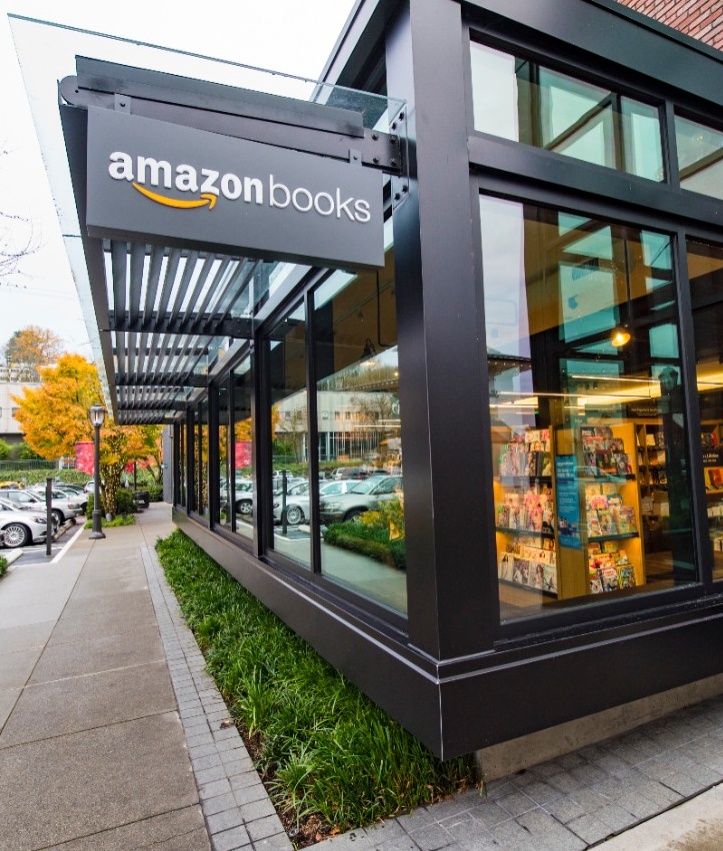
The first Amazon Books physical store opened in Seattle in 2015. Today, Amazon operates 13 U.S. bookstores, with plans for more in the near future.
When Harold Star had a key on his laptop come loose, he took it to a big box electronics retailer for repair.
He had hoped they’d be able to fix or replace the key on the spot, but was willing to leave the computer there if the repair or part order would take longer.
Instead, the associate behind the counter simply said, “We don’t service that.”
“I was miffed and tried a couple of different ways to get him to take it,” says Star, clinical assistant professor of operations management and strategy. “But he refused, so I took it to a computer repair guy instead.”
As it turns out, the dislodged key was perfectly fine and just needed to be reattached in a way Star hadn’t tried.
“All the technician at the big box store had to do was pop it back in, and I walk away saying, ‘This is a place to go down the road if I have problems with my electronics,’” says Star. “Instead, that kid ensured I won’t give them any business ever again.”
Retail is changing, and with an increase in competition, consumers have more power than ever to decide where to spend their money. Some may buy groceries that are healthier and better for the environment, rather than going for the lowest price. Others may choose to shop on Main Street over going to the mall. And increasingly, more are buying online and avoiding the kid behind the counter altogether.

Supermarket sweep
Wal-Mart opened its first Supercenter in 1988, combining a discount outlet with a fully stocked grocery store. By 2001, the chain had become the largest food retailer in the U.S., with total grocery sales of $56 billion. Today, the retail juggernaut holds a 20 percent share of the $800 billion grocery market.
In the ever-growing organic food category, specialty outlets like Whole Foods or Trader Joe’s may be top of mind, but Costco is top in sales. The wholesale chain racked up $4 billion in organic food sales in 2016, besting Whole Foods by $400 million.
It’s all part of a competitive shakeup, with more retailers than ever trying to get a slice of the highly coveted grocery market.
Debabrata Talukdar, professor of marketing, says that while the market may be huge, growth is slow.
“Growth in the grocery market is tied to population size, not income,” says Talukdar. “Just because someone gets rich doesn’t mean they eat twice as much.”
Increased competition has put pressure on traditional grocers to find ways to understand their customers and provide value.
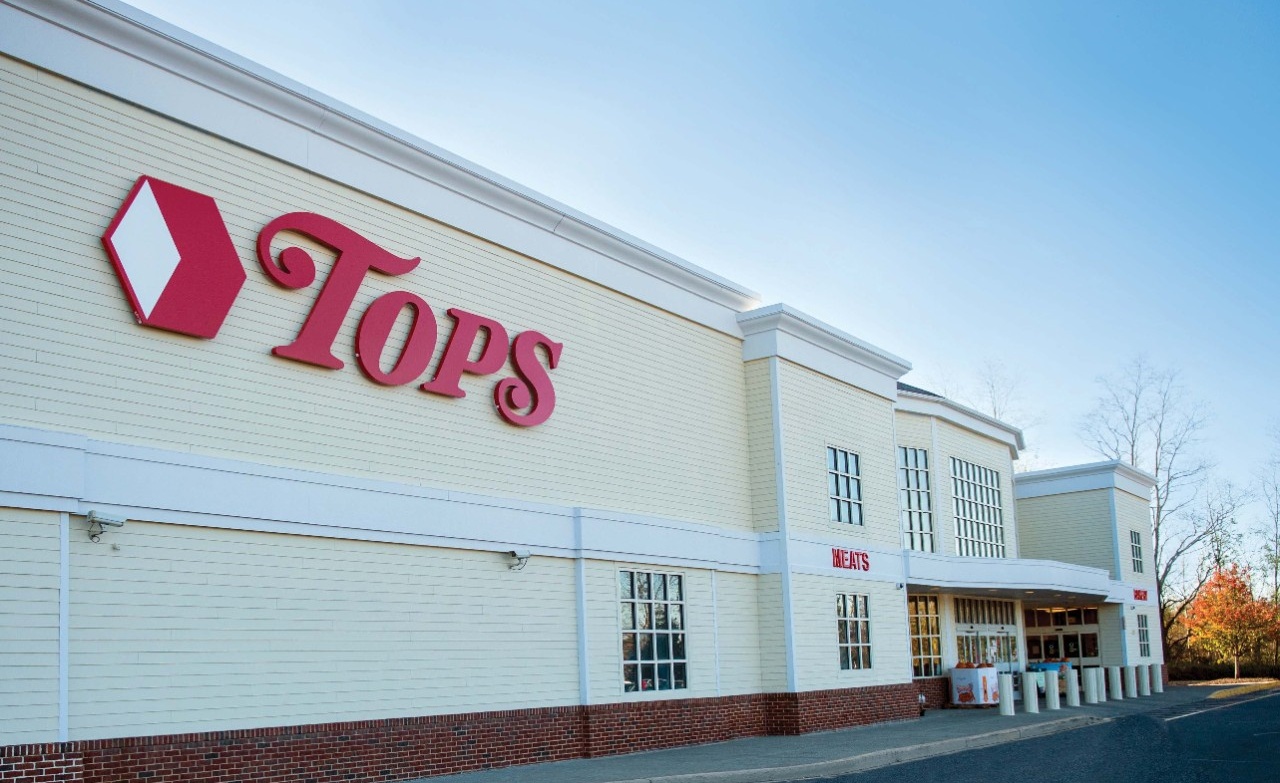
John Persons, EMBA ’00, is president and COO of Tops Friendly Markets, a supermarket chain with nearly 180 stores in New York, Vermont, Pennsylvania and Massachusetts. He says grocers need to figure out where they want to be in the market to stay competitive.
“At Tops, we pride ourselves on having the largest national brand variety,” says Persons. “We also have more locations because it’s important to be in the neighborhoods where our consumers are and tailor those stores to the area — that’s an important competitive advantage for us.”
On the organic food front, consumers are demanding products that are healthier and more sustainable. This is one segment of the market that is growing, and the growth is a big reason online retail giant Amazon recently purchased Whole Foods.
“Amazon wants to be one of the top five grocery retailers,” says Talukdar. “Even if they pick up 8 percent of the market, that’s an additional $50 billion in revenue.”
Paul Cimmerer, MBA ’76, served as vice president of human resources for the distribution food business at SuperValu for eight years. SuperValu has operated its wholesale network for nearly 150 years, as well as five supermarket retail chains across seven states and the District of Columbia. Many of these brands hold No. 1 or No. 2 market share positions under the names Cub Foods, Farm Fresh, Hornbackers, Shop ’n Save and Shoppers.
Cimmerer says that despite the company’s success in retail, SuperValu has a renewed focus on its roots in wholesale.
“None of the retail banners are growing very rapidly,” says Cimmerer. “You’ve got Target here, Wal-Mart, other independent, high-end retailers, and the whole online experience going against all that, so it’s a pretty competitive marketplace.”
Mall rats
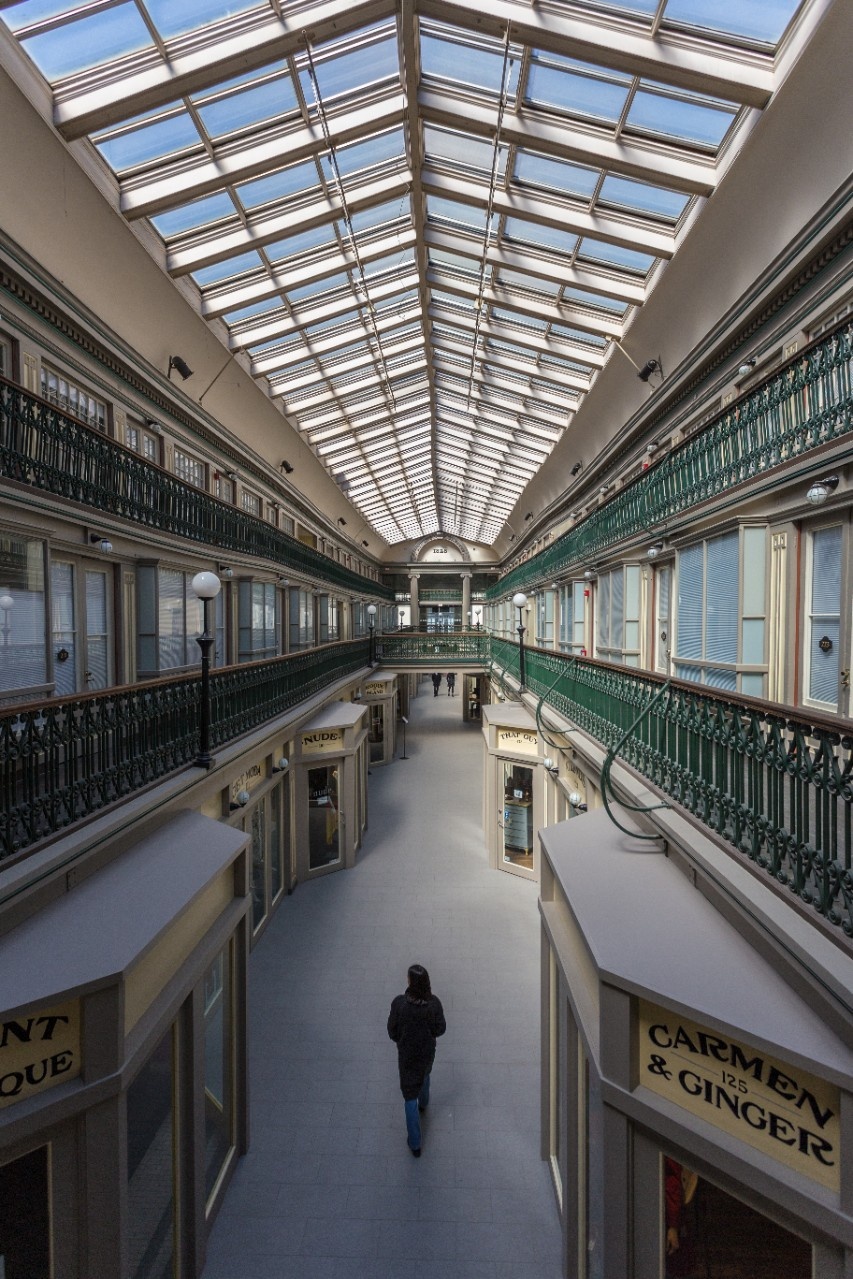
The Arcade Providence Mall in Rhode Island has been transformed into a mix of retail space and micro apartments. Photo: Arcade Providence
In early 2017, retailers J.C. Penney, Macy’s, Sears and K-Mart announced they would close more than 350 stores combined. In September, Toys R Us filed for Chapter 11 bankruptcy protection. In all, there were more than 3,500 retail closings throughout the year in a market that sees many American shoppers no longer going to the mall.
According to Time, about 1,500 malls were built in the U.S. between 1956 and 2005. Of the approximately 1,000 that remain, one out of every four could be out of business by 2022. Charles Lindsey, associate professor of marketing, says that whether or not a mall can survive depends on what type of mall it is.
“A mall is not a mall, is not a mall,” says Lindsey. “The 150-200 flagship malls in the U.S. are doing just fine and have no trouble attracting anchor stores and foot traffic. The other 700-800 regional malls are hurting.”
The growth of online shopping, changing shopping preferences of millennials, and the high square footage of mall space per capita in the U.S. compared to other industrial nations are all forcing these regional malls to adjust what they offer to survive.
Some malls are getting repurposed altogether. The Arcade Providence in Rhode Island, America’s first indoor mall, has been transformed into micro apartments. Others have been retrofitted into lifestyle centers featuring green spaces, residential areas, activities like go-kart racing or escape rooms, and restaurants, as well as retail shops.
“In contrast with a traditional mall, lifestyle centers appeal to more affluent people and millennials,” says Lindsey. “They also generate more revenue per square foot.”
In other parts of the world, malls are on the rise. The Inorbit brand operates five malls in India, with plans to expand. The country is one of the hottest destinations for retailers, beating out China for new investors entering the market.
Akriti Khare, MS ’13, works in digital marketing and content strategy at Inorbit, supporting all five malls on social media, the web and mobile apps.
Inorbit is experimenting with beacon technology, Wi-Fi tracking and mobile apps so they know when a person enters the mall and can offer customized offers and services based on their preferences. In stores, it’s adding “magic mirrors” to help shoppers choose designs and using AI to offer customization in colors and sizes.
Globally, malls have combated the online threat from Amazon and others by offering experiences beyond mere shopping to draw in more customers. By adding new entertainment options, malls have used their brick-and-mortar presence to bring people together in the smartphone era.
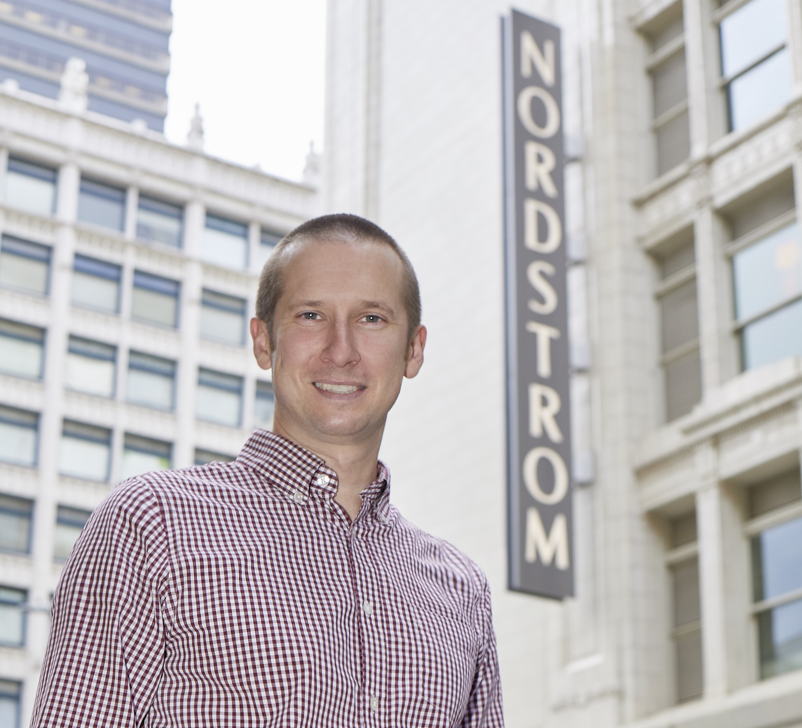
Prime directive
At Nordstrom, the fashion retailer that began as a shoe store more than a century ago, an entrepreneurial spirit drives innovation and experimentation. The retailer has added restaurants, cafés, bars and spas to its stores as a way to enhance the customer experience.
In Los Angeles, the company recently opened a test concept called Nordstrom Local. With a smaller footprint than a Nordstrom store, Nordstrom Local offers customers a convenient, central location to access Nordstrom’s services such as personal stylists, alterations, tailoring, and the option to buy online and pick up in-store.
Turner Gutmann, MBA ’12, is program manager in marketing analytics at Nordstrom. He says the company sees their online presence as an extension of the physical stores — and so do their customers.
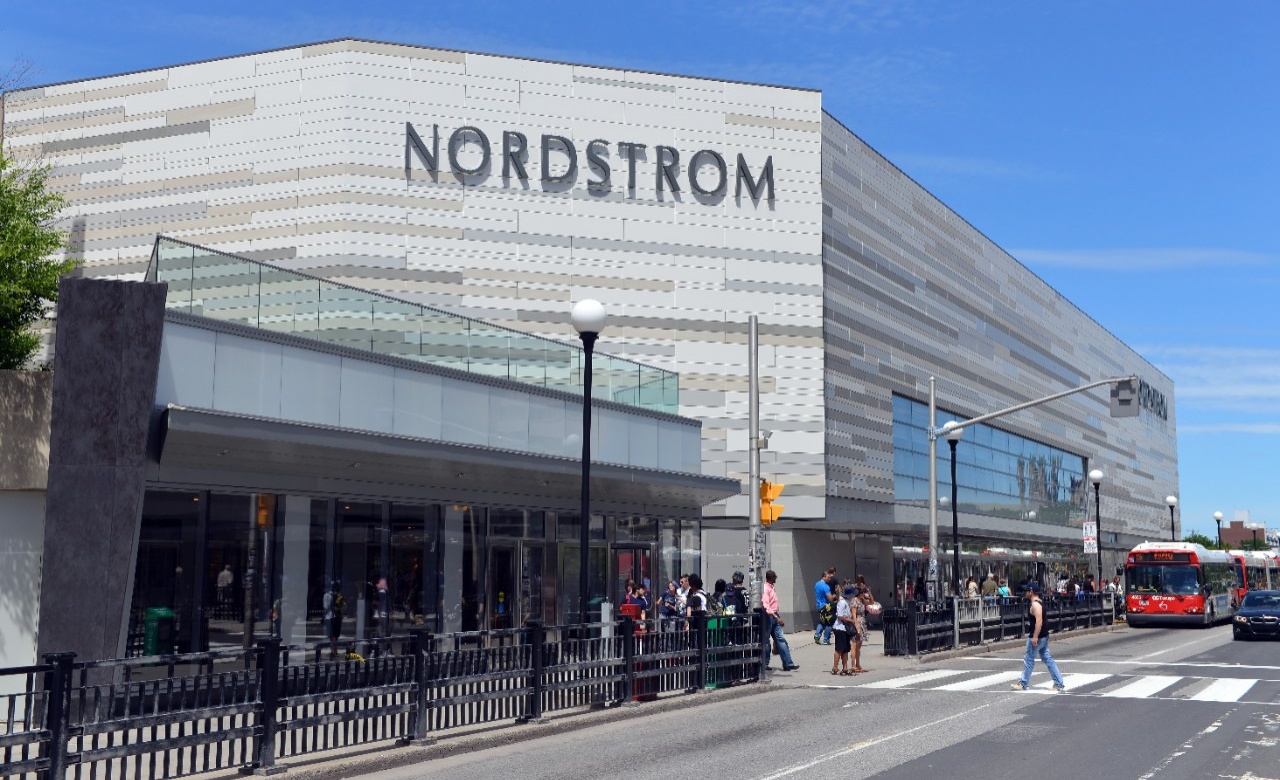
“Customer service and experience are cornerstones of the Nordstrom brand and at the center of everything we do,” says Gutmann. “You can see evidence of this in every customer-facing physical and digital space we offer. Nordstrom pays very close attention to both and they really work together, reflecting the way customers want to shop.
“While brick-and-mortar stores provide customers the opportunity to touch and feel fashion and experience personalized services, the digital experience offers customers more selection and flexibility to browse on their own time. We find customers really want and use both.”
On the other side, online retail companies like Amazon and Warby Parker are recognizing the benefits of brick-and-mortar locations. Amazon has opened pop-up shops on the East Coast and has a grocery store in Seattle. Warby Parker is taking its inexpensive eyeglasses offline and into more than 50 retail shops.
“There is a growing emphasis on omnichannel retailing, where retailers provide a seamless experience for shoppers between their online and brick-and-mortar personas,” says Alan Dick, associate professor and chair of the Marketing Department. “Transparent integration of the in-store environment, well-designed websites and social media are paramount.”

Adapt and survive
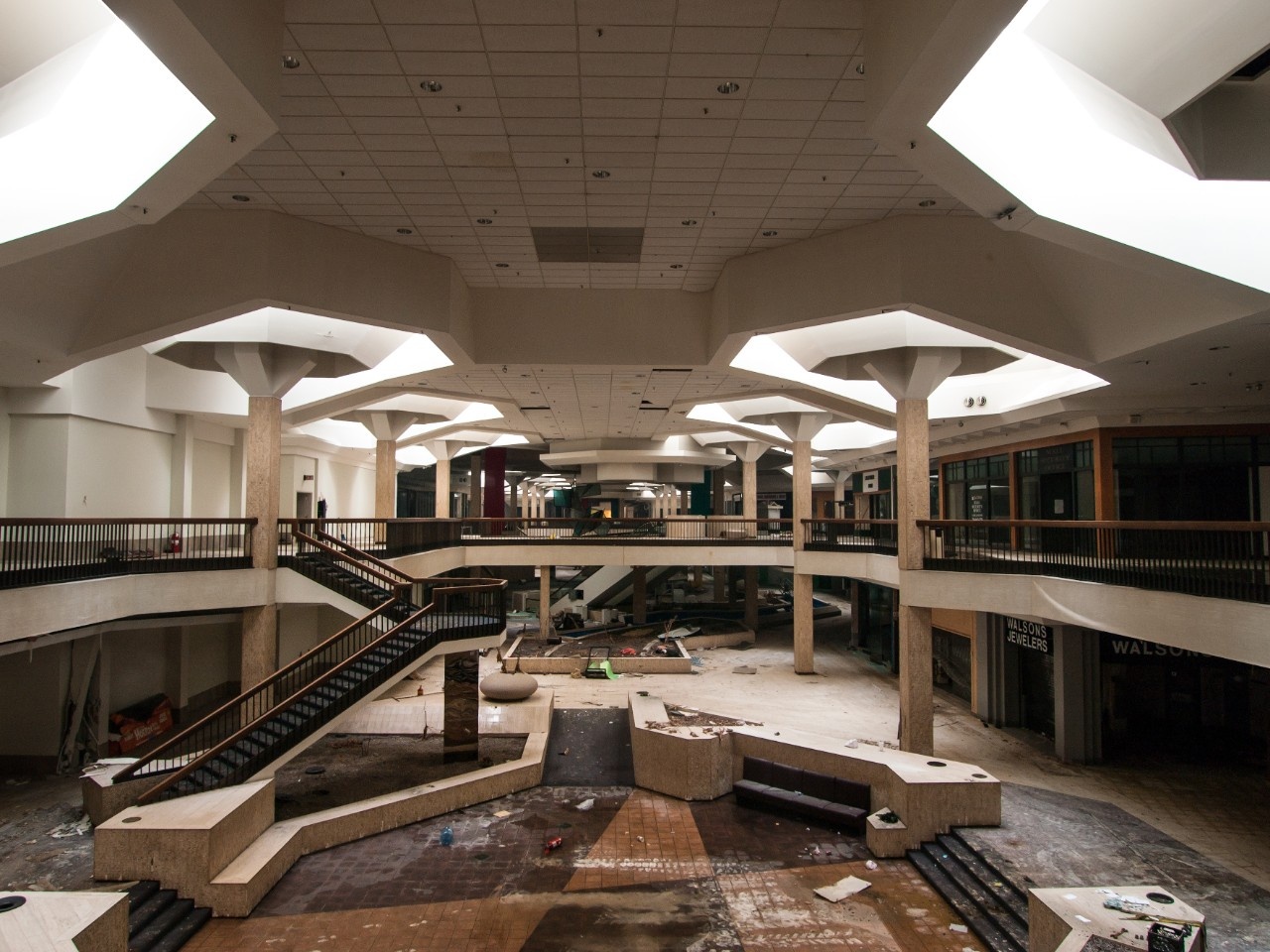
The Randall Park Mall, a 2-million-square-foot shopping center that opened in Randall, Ohio, in 1976 and closed in 2009. In 1995, 120 stores employed 5,000 people in the mall, but by 2008 it was basically empty. Destruction began on the mall in 2014 and it was replaced by an industrial park. Photo: Johnny Joo
As hundreds of empty suburban malls litter the landscape, high-profile chains like Circuit City shutter their doors and competition shakes up the grocery industry, brick-and-mortar stores, malls and supermarkets will have to adapt to shifting consumer attitudes and shopping behavior.
At Tops, Persons says shoppers are increasingly interested in food solutions rather than buying ingredients, so the company is focused on offering high-quality prepared meals. They’re also on the verge of launching delivery service, as well as a “click and collect” online shopping platform customers can use to buy online and pick up in their nearest store.
“Some people will always want to go to the store, some will want to buy entirely online and some will want to buy their dry groceries online but get perishables in store,” says Persons. “So in the future we’ll still have supermarkets, just likely fewer of them.”
Best Buy has made electronics manufacturers its customers. Companies like Samsung, Apple and Microsoft pay Best Buy for existing retail space and avoid the expense of building their own stores.
In addition, retailers will continue to get more creative about direct marketing. Gutmann says Nordstrom is heavily investing in advertising technology that allows them to deliver relevant, personalized experiences and marketing to its customers.
“It’s a marketer’s dream to put the right message in front of the right person at the right time, and we are doing just that,” says Gutmann. “Our investments in advertising technology and focus on personalization enable us to serve the customer in a more relevant and timely fashion than ever before.”
Looking ahead, experts say the future holds additional store closings and a greater convergence of online and offline shopping, and when new stores do open, they’ll be smaller and offer more experiences.
“This is an exciting and challenging time to be involved in retail,” says Dick. “The retailers that best embrace change, rather than trying to just do what they have always done, will be the ones that survive.”
